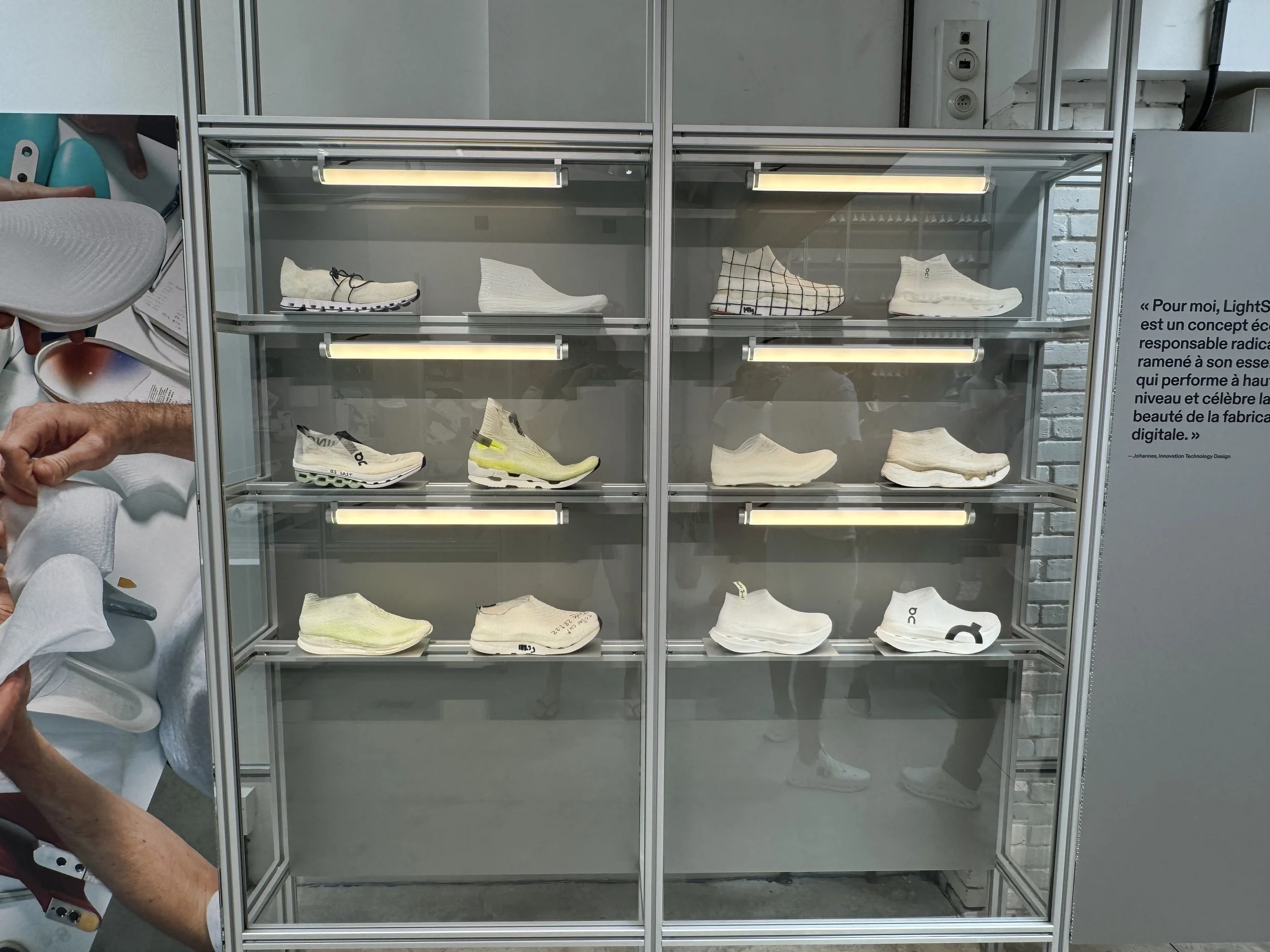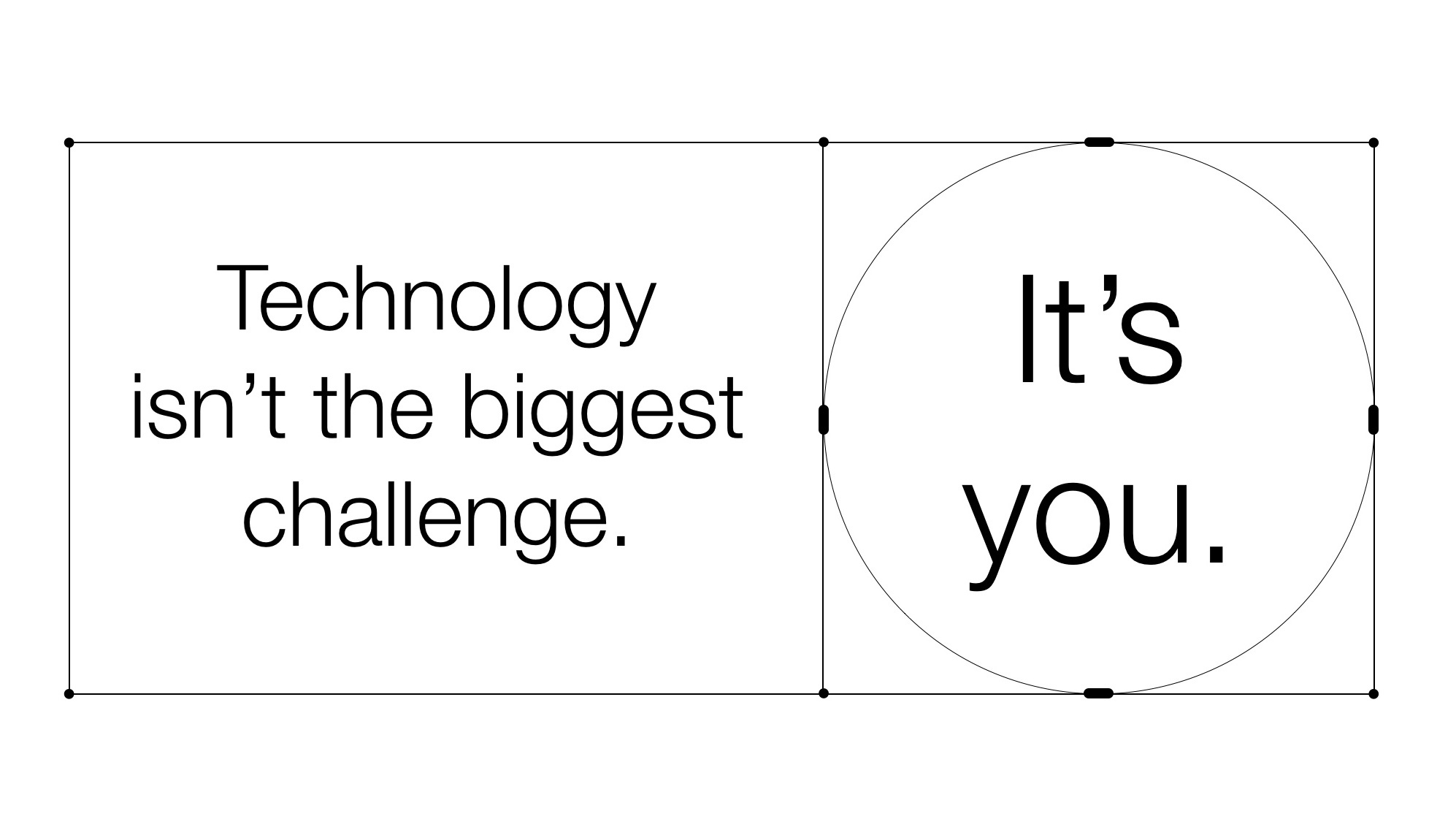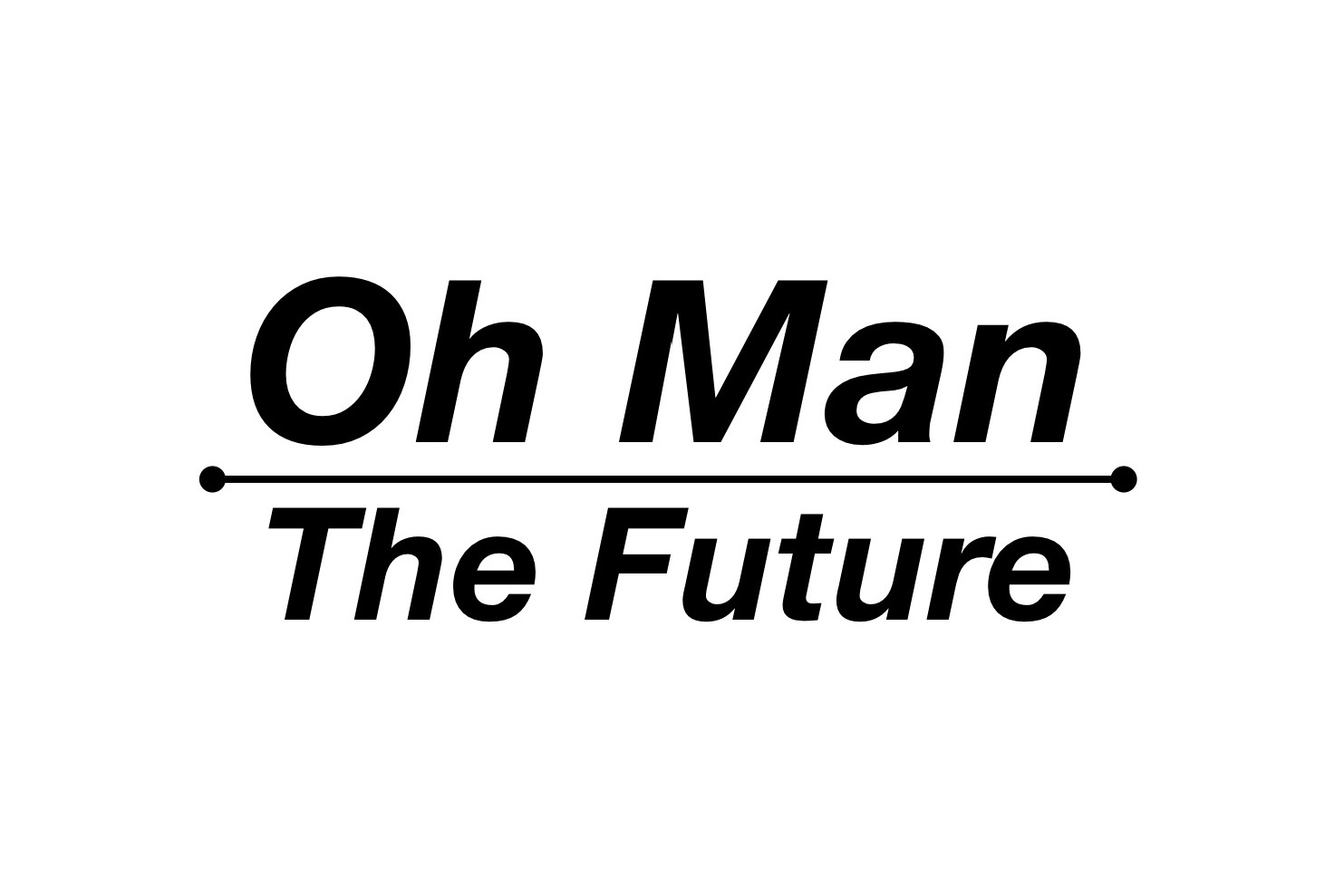St. Andrews, SCOTLAND - It’s a delightfully drizzly day along Scotland’s Fife Coast. Cycling through ancient fishing villages and their hardy hand built harbours it strikes me how much they made from so little. A stark contrast to now, when we do so little with so much.
The unrealized potential of our time is puzzling. The barriers in the developed world to education, company formation and tools for innovation are unprecedentedly low. By exponential historical multiples in fact. Yet, we live in an era of decreasing patents, fewer startups, reduced market dynamism and stagnant productivity. We have the ingredients to innovate like crazy, but, we aren’t. Don’t let the covers of Wired magazine fool you. We’re in a winter of innovation.
It’s not a tragedy of innovation, rather it’s a glut of unrealized potential. Why does so much ability stay trapped as ideas or creative thoughts, rather than graduate to launch and become innovations? Real things for real people. This is the puzzle of our time.
Based on my front lines research, the usual gripes of bureaucracy, politics, market consolidation and organizational hierarchy aren’t sufficient explanations. Since the Second World War companies have been getting less hierarchical, more individually empowered, more access to capital and drowning in data for better and faster merit based decisions.
One hypothesis is behaviourally we’re getting in our own way. Like the star goal scorer who finds themselves in front of an open net and misses wildly. Or worse a defender who intends to smartly pass out of bounds and instead passes into their own net.
This observation brings to mind some common innovation own goal behaviours we commonly see:
Novelty Seeking: unwilling to do serious work and move on when it gets hard.
Failing to Fail: see failure as something great, for someone else to do.
Disappointment Defences: partial commitment to easily fall back on generic “risks.”
Learning Liability: unwilling to truly challenge our own beliefs and worldview.
Permathaw: continual state of transformation launches without completions thereby nullifying progress.
Innovation Intellectualisation: talking about the potential of technology without understanding how it actually works by hiding behind process.
Those behaviours may seem counterintuitive to the conventional dogma or a com pay’ s intentions. Yet we humans tend to behave in counter intuitive ways. Just as most smoking prevention advertising is proven to increase smoking might many pro innovation programs prevent innovation? The evidence indicates in many cases yes.
But maybe that’s okay. Just as I want to win an Olympic gold medal, doesn’t mean I can win one no matter what training program I follow and how engaging are my slides dissecting competitive weaknesses and tends in my sport. Maybe we shouldn’t be talking about unrealized potential and rather interrogate why so many aspire to innovation in the first place, what need is it filling and might they direct that energy better somewhere else? Innovation is high risk and brutal, maybe that’s why we build so many defences around ourselves when trying to do it in corporate environments where failures are very public.
Good news, bad news time. There isn’t actually very much research in this space, so there’s a lot for us to uncover. Thanks for being part of the journey.
🚀
Also, thank you to dear readers and friends who have given such exceptional feedback. I’m working out the right format and audience for this newsletter but there has be a resounding endorsement from some. Mostly the smartest people I know. Who want something non-obvious, that makes them think. Which I believe is less about the words I write and more about the good thoughts already in their heads. A mutually beneficial exchange.
Please do keep sharing your thoughts. We’ve only just begun.
“We have met the enemy and he is us. ”
Hungry for More?
Excerpt from Embracing the Paradoxes of Leadership:
“If we cannot construct good dreams for selves, families, regions, nations and the world; if we therefore cannot construct the future as a mental object collect- ing those dreams and utilizing them for vital matrices that connect citizens of all nations in a meaningful progression, then as adaptive creatures we have turned to new strategies in order to tread water.
Movements
Today I’m inbound to INSEAD where we’ll be going deep into leadership research, theories and practice. Later in October it’s San Jose and San Francisco. In between enjoying the crisp London Autumn. Say hi for coffee.
See you on the digital frontier,
Brett
PS Please forward this newsletter to 2 or 3 of the smartest people you know. I’d love them to subscribe and we can grow the CDC (Connecting Dots Community.)









